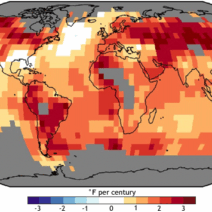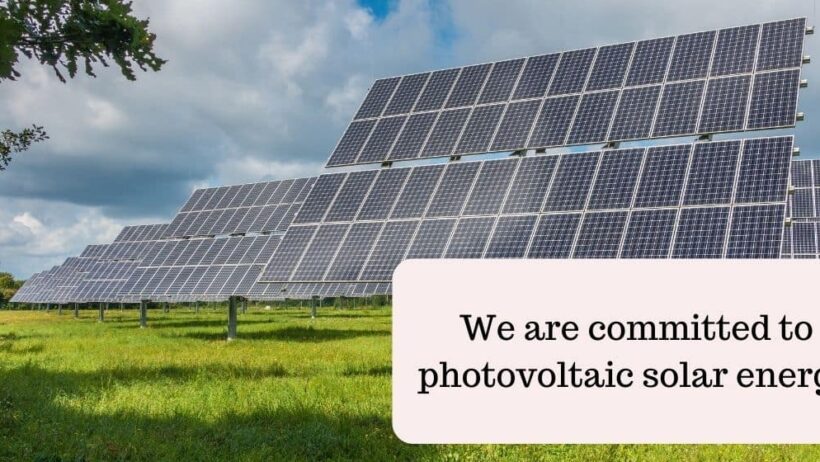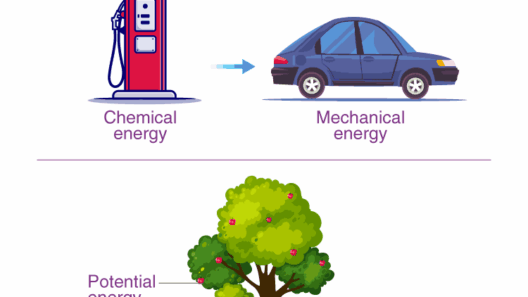In an increasingly warming world, the prudent management and conservation of energy resources have become pivotal to ensuring sustainability for future generations. The energy crisis we face today underscores the urgency of implementation of effective strategies across multiple sectors. This treatise elucidates diverse methodologies that can be employed to secure a sustainable energy future, emphasizing technological innovation, policy reforms, and individual responsibility.
To begin with, the transition from fossil fuel dependence to renewable energy sources stands as the cornerstone of energy conservation endeavors. Solar, wind, hydroelectric, and geothermal energy represent a mosaic of alternatives that could replace carbon-intensive fuels. Each of these renewable sources boasts unique characteristics tailored to different geographical and climatic conditions. For instance, solar energy harnesses sunlight through photovoltaic cells, making it particularly advantageous in sunnier regions. Wind energy, on the other hand, capitalizes on the kinetic energy of wind currents, offering considerable potential in coastal or elevated locations. The embrace of diverse renewable sources will not only diversify energy portfolios but also enhance energy security.
Moreover, enhancing energy efficiency is crucial in minimizing waste and optimizing resource utilization. This can be achieved through the adoption of advanced technologies, such as smart grids and energy-efficient appliances. Smart grids incorporate digital technology to monitor and manage energy flows, allowing for real-time adjustments that improve efficiency and reduce emissions. By integrating renewable energy sources more effectively into the grid, these systems can decrease reliance on traditional power plants. Furthermore, bolstering building standards to exceed current energy codes can significantly reduce power consumption. Retrofitting existing structures with improved insulation, energy-efficient windows, and cutting-edge HVAC systems represents an investment in the future.
Policies and regulations play a fundamental role in shaping energy conservation strategies. Governments worldwide must enact laws that incentivize renewable energy adoption and mandate increases in energy efficiency standards. Cap-and-trade systems can be employed to limit greenhouse gas emissions while promoting cleaner energy technologies. Tax credits and subsidies for renewable energy projects encourage private investment and stimulate economic growth in sustainable sectors. The establishment of an energy portfolio standard, whereby utility companies must derive a certain percentage of their energy from renewable sources, can catalyze the transition to a greener energy landscape.
Crucially, education and public awareness are indispensable components of energy conservation efforts. By fostering a culture of sustainability, individuals can be empowered to make informed decisions regarding their energy consumption. Schools and communities should integrate energy conservation principles into curricula, ensuring that younger generations acknowledge the importance of their ecological footprint. Public campaigns can raise awareness about energy saving techniques, from simple practices like turning off lights when not in use to adopting electric vehicles. A well-informed public is more likely to embrace robust energy-saving measures and demand accountability from businesses and policymakers alike.
In addition to education, community engagement in energy programs can bolster conservation efforts. By establishing local energy cooperatives, communities can pool resources to invest in renewable energy systems, such as solar farms or wind turbines. These initiatives not only provide clean energy but also foster a sense of ownership and collective responsibility among community members. Leveraging local knowledge and talent can also enhance the implementation of energy conservation measures, tailoring solutions to meet specific community needs while promoting resilience against climate impacts.
On a larger scale, technological innovation in energy storage systems will be imperative for managing fluctuations in renewable energy generation. Energy storage solutions, such as batteries and pumped hydro storage, allow for the retention of excess energy produced during peak generation periods. These systems can then release stored energy when demand surpasses generation, thereby stabilizing the grid and ensuring a constant energy supply. Additionally, advancements in grid management systems will facilitate better integration of disparate energy sources, optimizing overall energy production and consumption.
Integrating sustainable practices into industrial operations is another significant aspect of energy resource management. Industries are often significant energy consumers, and by adopting more efficient technologies and practices, they can drastically curtail energy waste. Implementing waste-to-energy technologies illustrates a dual benefit: reducing waste while generating usable energy. Establishing strong sustainability initiatives and benchmarks within companies can lead to corporate responsibility that aligns with broader environmental goals.
Furthermore, the development of carbon capture and storage (CCS) technologies presents a viable option for mitigating emissions from industries and power plants that still rely on fossil fuels. Although not a standalone solution, CCS can dramatically reduce the carbon footprint while the transition to entirely renewable systems continues. The investment in research and development of these technologies is essential for achieving long-term climate targets.
Lastly, individual lifestyle choices profoundly impact energy conservation. Small changes in daily behavior, such as utilizing public transit, minimizing single-use plastics, and adopting minimalistic consumption practices, collectively foster a more substantial impact. By prioritizing sustainability in everyday life, individuals not only reduce personal energy consumption but also contribute to a cultural shift toward greater environmental consciousness.
In conclusion, managing and conserving energy resources for future generations requires an integrative approach enveloping technology, policy, education, and individual action. By harnessing renewable energy, enhancing efficiency, engaging communities, and fostering a culture of sustainability, we can lay the groundwork for a healthier and more equitable planet. The choices made today are an investment in tomorrow’s world—striving to be stewards of the Earth ensures that we do not merely consume resources, but rather, cultivate them for generations yet to come.








